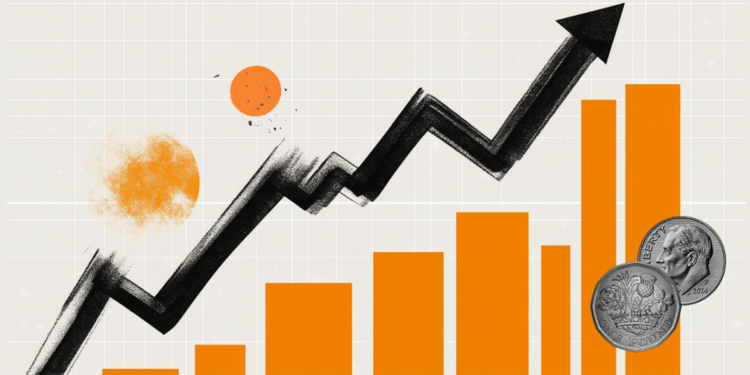On Monday, the GBP/USD saw another decline, with the pair dropping by about a third of a percent. It appears that market sentiment is bracing for another hit following the emergence of new tariff threats. This week also brings speeches and data releases from key financial leaders and institutions, including Bank of England’s Andrew Bailey, Federal Reserve’s Jerome Powell, and updates on US CPI inflation and UK GDP.
Starting the week on a shaky note, GBP/USD maintained its downward trajectory, slipping beneath the 1.2400 mark. This marked its third consecutive day of losses, retreating by roughly a third of a percent. Late on Monday, US President Donald Trump reignited trade tensions by imposing a new 25% tariff on all steel and aluminum imports to the United States.
For further details, check out: US President Donald Trump approves 25% tariffs on steel and aluminum.
This Tuesday, Bank of England Governor Andrew Bailey is scheduled to deliver a significant speech. Traders will be keenly observing Bailey for insights, especially following the central bank’s recent interest rate cut, to gauge any indications of future policy directions. Meanwhile, Jerome Powell, the Federal Reserve Chair, will be appearing before the US Senate Banking Committee the same day.
In terms of data, investors will closely watch Wednesday’s US Consumer Price Index (CPI) figures, followed by Thursday’s releases of UK Gross Domestic Product (GDP) and US Producer Price Index (PPI).
### GBP/USD Price Forecast
The recent price action of GBP/USD suggests a likely continued downtrend. After twice being rebuffed by the 50-day Exponential Moving Average (EMA) around the 1.2500 mark, the pair seems poised for further declines, now gravitating towards 1.2300. The momentum in the short term has markedly turned bearish. Consecutive declines over the past three trading days signal that the earlier bullish rally, from January’s lows near 1.2100, has run out of energy.
### Pound Sterling FAQs
The Pound Sterling, also referred to as GBP, is recognized as the world’s oldest currency, having been established in 886 AD. It serves as the official currency of the United Kingdom. Globally, GBP stands as the fourth most traded currency, representing 12% of all foreign exchange transactions, which average around $630 billion daily as of 2022. Its primary trading pairs include GBP/USD, known colloquially as ‘Cable’, accounting for 11% of FX, along with GBP/JPY (‘Dragon’) at 3%, and EUR/GBP at 2%. The Bank of England is responsible for issuing the Pound Sterling.
The value of the Pound Sterling is predominantly driven by the Bank of England’s monetary policy, which focuses on maintaining ‘price stability’. This often relates to achieving an inflation rate near 2%. When inflation exceeds this target, the BoE might hike interest rates to temper economic overheating, thereby fostering a stronger GBP due to increased foreign investment interest. Conversely, if inflation dips too low, signaling potential economic stagnation, the BoE might lower rates to stimulate borrowing and, in turn, economic activity.
Economic data releases are pivotal in influencing GBP’s value. Measures such as GDP, Manufacturing and Services PMIs, along with employment statistics, provide insights into the economic outlook. A strong performance across these indicators typically supports the Pound, encouraging the BoE to consider rate hikes, further bolstering GBP. Conversely, weak data can weigh down Sterling.
Lastly, the Trade Balance significantly impacts the Pound’s valuation. This economic indicator reflects the difference between a nation’s export earnings and its import expenditures over a specific period. A favorable trade balance, fueled by robust export demand, generally strengthens the currency, whereas a negative balance exerts downward pressure.



















